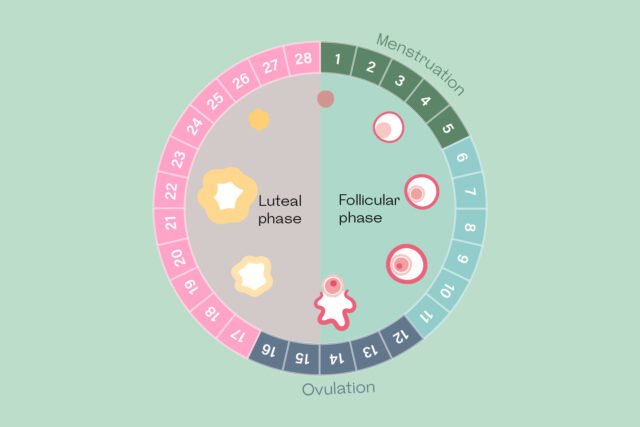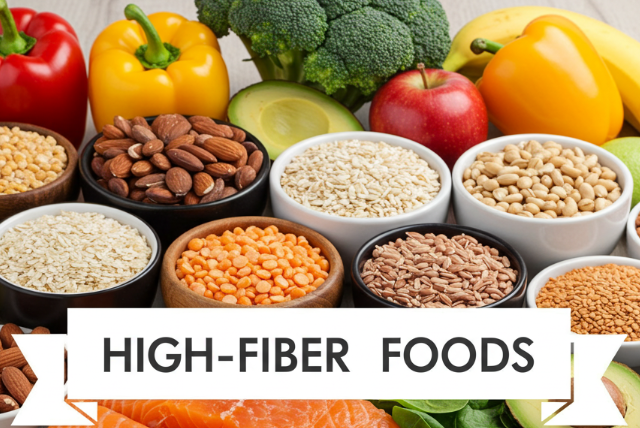
*This post may contain affiliate links. Read more.*
Introduction
Digestive discomfort, bloating, and irritable bowel syndrome (IBS) affect millions of people worldwide. One proven strategy to manage these issues is the Low FODMAP diet, which helps reduce gastrointestinal symptoms by limiting specific fermentable carbohydrates. This approach, backed by research from Monash University, has been shown to alleviate bloating, gas, and stomach pain for individuals with IBS and other digestive disorders (Monash University). In this article, we’ll explore how the Low FODMAP diet works, its benefits, and how you can incorporate it into your lifestyle for improved gut health.
1. What is the Low FODMAP Diet?
The Low FODMAP diet focuses on eliminating short-chain carbohydrates known as FODMAPs (Fermentable Oligosaccharides, Disaccharides, Monosaccharides, and Polyols), which are poorly absorbed in the small intestine and can trigger digestive distress.
Common high-FODMAP foods include:
- Oligosaccharides: Wheat, onions, garlic, legumes
- Disaccharides: Dairy products like milk, yogurt, and soft cheese (lactose-containing foods)
- Monosaccharides: Fruits like apples, pears, and honey (high in fructose)
- Polyols: Sugar alcohols found in artificial sweeteners and some fruits (cherries, peaches, plums)
The diet consists of three phases:
- Elimination Phase – Restricting all high-FODMAP foods for 4-6 weeks.
- Reintroduction Phase – Gradually reintroducing foods to assess tolerance.
- Personalization Phase – Creating a long-term, balanced diet based on tolerated foods.
Studies show that 75% of IBS sufferers experience symptom relief on a Low FODMAP diet (PubMed).
2. Health Benefits of a Low FODMAP Diet
A Low FODMAP diet offers several evidence-backed benefits:
- Reduced bloating and gas: Eliminating fermentable carbs minimizes excessive gas production in the gut.
- Improved IBS symptoms: Research confirms significant symptom improvement in those with IBS and functional gut disorders.
- Enhanced gut microbiome balance: Avoiding gut-irritating foods can help maintain a healthier microbial environment.
- Better quality of life: Many people report less abdominal pain, increased energy, and improved overall well-being after following the diet.
3. Best Low FODMAP Foods to Eat
While the diet restricts certain foods, plenty of gut-friendly options are still available:
- Proteins: Eggs, chicken, turkey, tofu, firm cheeses (cheddar, parmesan)
- Vegetables: Carrots, zucchini, bell peppers, spinach, cucumbers
- Fruits: Strawberries, grapes, oranges, bananas (unripe)
- Grains: Quinoa, rice, gluten-free oats, corn-based products
- Nuts & Seeds: Almonds (small servings), walnuts, peanuts
For an extensive list of Low FODMAP foods, you can refer to the Monash University FODMAP guide (source: Monash University).
4. How to Transition to a Low FODMAP Diet Successfully
Switching to a Low FODMAP diet can be overwhelming, but these tips will help ease the transition:
- Plan meals in advance – Research and prepare meals that fit within the Low FODMAP guidelines.
- Read food labels carefully – Hidden FODMAP ingredients like inulin, high-fructose corn syrup, and sorbitol are common in processed foods.
- Track symptoms – Keeping a food journal can help identify triggers and guide the reintroduction phase.
- Consult a dietitian – A professional can help personalize the diet to ensure nutritional balance.
Conclusion
The Low FODMAP diet is a scientifically supported approach to reducing digestive discomfort and improving gut health. By eliminating and reintroducing high-FODMAP foods in a structured way, many individuals find lasting relief from bloating, IBS, and other digestive issues. If you struggle with chronic digestive distress, consider trying a Low FODMAP diet under the guidance of a healthcare professional to see if it improves your well-being.
#bloating #digestive health #food sensitivities #gut microbiome #healthy eating #IBS relief #low FODMAP diet









